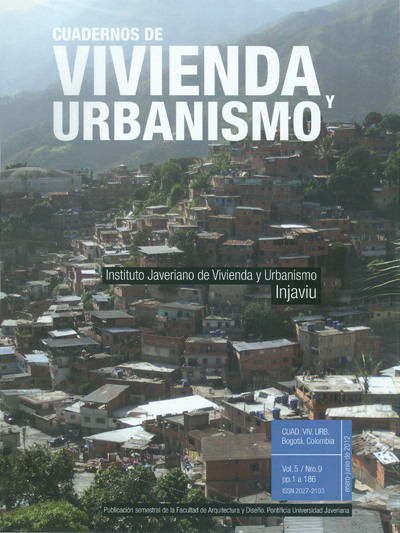Abstract
Recognizing the artistic representations that the city of Caracas has, consequently behaves as its own museum, the theater of memory. Is the city the territory of enunciation, the place where identity is expressed and becomes, in container and content of artistic expression. Musealization is a reflection of the cataloging, classification, and includes the categorization of subject matter. Therefore, in proposing to the city of Caracas with the potential to be a museum piece, it is necessary to consider the various categories that set the museological discourse governing the theme of an exhibition that displays artistic expressions that use the existing infrastructure support the city as a exposure. We are referring to artistic expressions that use urban spaces as a platform, among which are: the Art joined architecture, urban art and caraqueñografías.
This journal is registered under a Creative Commons Attribution 4.0 International Public License. Thus, this work may be reproduced, distributed, and publicly shared in digital format, as long as the names of the authors and Pontificia Universidad Javeriana are acknowledged. Others are allowed to quote, adapt, transform, auto-archive, republish, and create based on this material, for any purpose (even commercial ones), provided the authorship is duly acknowledged, a link to the original work is provided, and it is specified if changes have been made. Pontificia Universidad Javeriana does not hold the rights of published works and the authors are solely responsible for the contents of their works; they keep the moral, intellectual, privacy, and publicity rights.
Approving the intervention of the work (review, copy-editing, translation, layout) and the following outreach, are granted through an use license and not through an assignment of rights. This means the journal and Pontificia Universidad Javeriana cannot be held responsible for any ethical malpractice by the authors. As a consequence of the protection granted by the use license, the journal is not required to publish recantations or modify information already published, unless the errata stems from the editorial management process. Publishing contents in this journal does not generate royalties for contributors.


